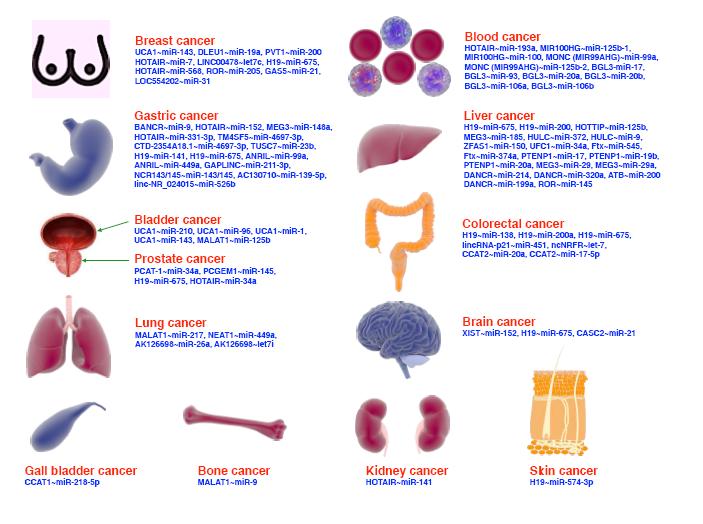| 1. |
Fiest K M, Sauro K M, Wiebe S, et al. Prevalence and incidence of epilepsy: a systematic review and meta-analysis of international studies. Neurology, 2017, 88(3): 296-303.
|
| 2. |
Palak H, Lavanya, Nidhi G, et al. Software advancements in automatic epilepsy diagnosis and seizure detection: 10-year review. Artif Intell Rev, 2024, 57(7): 181.
|
| 3. |
Pressler R M, Cilio M R, Mizrahi E M, et al. The ILAE classification of seizures and the epilepsies: modification for seizures in the neonate. Position paper by the ILAE task force on neonatal seizures. Epilepsia, 2021, 62(3): 615-628.
|
| 4. |
Si Yang. Machine learning applications for electroencephalograph signals in epilepsy: a quick review. Acta Epileptol, 2020, 2(1): 5.
|
| 5. |
Li Yang, Yang Yang, Zheng Qinghe, et al. Dynamical graph neural network with attention mechanism for epilepsy detection using single channel EEG. Med Biol Eng Comput, 2024, 62(1): 307-326.
|
| 6. |
Alqirshi R, Belhaouari S B. EEG-based patient independent epileptic seizure detection using GCN-BRF// International Conference on Deep Learning Theory and Applications (DELTA). Dijon: SNS, 2024: 351-366.
|
| 7. |
Wu Guanlin, Yu Ke, Zhou Hao, et al. Time-series anomaly detection based on dynamic temporal graph convolutional network for epilepsy diagnosis. Bioengineering, 2024, 11(1): 53.
|
| 8. |
王兴起, 李明爱. 应用基于注意力的多尺度残差网络实现癫痫脑电自动检测. 生物医学工程学杂志, 2024, 41(2): 253-261.
|
| 9. |
Karpov E O, Khoymov S M, Maksimenko A V, et al. Evaluation of unsupervised anomaly detection techniques in labelling epileptic seizures on human EEG. Appl Sci, 2023, 13(9): 5655.
|
| 10. |
Roy Y, Banville H, Albuquerque I, et al. Deep learning-based electroencephalography analysis: a systematic review. J Neur Eng, 2019, 16(5): 051001.
|
| 11. |
刘晓辰. 基于机器学习的癫痫脑电处理及应用研究. 杭州: 浙江大学, 2021.
|
| 12. |
Li Hanyi, Liao Jiahui, Wang Hongxiao, et al. EEG power spectra parameterization and adaptive channel selection towards semi-supervised seizure prediction. Comput Biol Med, 2024, 175: 108510.
|
| 13. |
de Albuquerque Filho J E, Brandão L C P, Fernandes B J T, et al. A review of neural networks for anomaly detection. IEEE Access, 2022, 10: 112342-112367.
|
| 14. |
Zamanzadeh Darban Z, Webb G I, Pan S, et al. Deep learning for time series anomaly detection: a survey. ACM Comput Surv, 2024, 57(1): 1-42.
|
| 15. |
You S, Cho B H, Yook S, et al. Unsupervised automatic seizure detection for focal-onset seizures recorded with behind-the-ear EEG using an anomaly-detecting generative adversarial network. Comput Meth Progr Biomed, 2020, 193: 105472.
|
| 16. |
You S, Cho B H, Shon Y M, et al. Semi-supervised automatic seizure detection using personalized anomaly detecting variational autoencoder with behind-the-ear EEG. Comput Meth Progr Biomed, 2022, 213: 106542.
|
| 17. |
欧嘉志, 詹长安, 杨丰. 一维卷积神经网络的自编码癫痫发作异常检测模型. 南方医科大学学报, 2024, 44(9): 1796-1804.
|
| 18. |
Xu Jiehui, Wu Haixu, Wang Jianmin, et al. Anomaly Transformer: time series anomaly detection with association discrepancy// International Conference on Learning Representations (ICLR). Online: IMLS, 2022.
|
| 19. |
Chen Wenchao, Tian Long, Chen Bo, et al. Deep variational graph convolutional recurrent network for multivariate time series anomaly detection// International Conference on Machine Learning (ICML). Baltimore: IMLS, 2022: 3621-3633.
|
| 20. |
Zhao Mengmeng, Peng Haipeng, Li Lixiang, et al. Graph attention network and informer for multivariate time series anomaly detection. Sensors, 2024, 24(5): 1522.
|
| 21. |
Deng A, Hooi B. Graph neural network-based anomaly detection in multivariate time series// Proceedings of the AAAI Conference on Artificial Intelligence (AAAI). Beijing: AAAI, 2021: 4027-4035.
|
| 22. |
Chen Zekai, Chen Dingshuo, Zhang Xiao, et al. Learning graph structures with transformer for multivariate time-series anomaly detection in IoT. IEEE Intern Things J, 2021, 9(12): 9179-9189.
|
| 23. |
Siletti K, Hodge R, Mossi Albiach A, et al. Transcriptomic diversity of cell types across the adult human brain. Science, 2023, 382(6667): eadd7046.
|
| 24. |
Shoeb A H. Application of machine learning to epileptic seizure onset detection and treatment. Cambridge: Massachusetts Institute of Technology, 2009.
|
| 25. |
Zhang Yuan, Guo Yao, Yang Po, et al. Epilepsy seizure prediction on EEG using common spatial pattern and convolutional neural network. IEEE J Biomed Health Inform, 2019, 24(2): 465-474.
|
| 26. |
Detti P, Vatti G, Zabalo Manrique de Lara G. EEG synchronization analysis for seizure prediction: a study on data of noninvasive recordings. Processes, 2020, 8(7): 846.
|
| 27. |
Fey M, Lenssen E J. Fast graph representation learning with pytorch geometric. arXiv, 2019: 1903.02428.
|
| 28. |
Babaeeghazvini P, Rueda-Delgado L M, Gooijers J, et al. Brain structural and functional connectivity: a review of combined works of diffusion magnetic resonance imaging and electro-encephalography. Front Hum Neurosci, 2021, 15: 721206.
|




